
Switzerland’s new Magic Pass covers little-known villages in Val d’Anniviers with peaceful pistes and untracked powder
Was this really a ski resort? It was hard to tell when we arrived at the empty car park just outside Evolène, in Switzerland’s Val d’Anniviers. The usual ski resort paraphernalia – pylons, giant flashing piste maps, noisy bars – was absent. I couldn’t even see any lifts at first. Then we spied a path leading to a lone rickety-looking, two-man chairlift that clunked up through a milky fog, with an attendant overjoyed to see customers.
A long, painfully slow ride led to rolling powder runs of the Evolène T-Bar Resort, which we skied through a blizzard, down to an unspoilt village of centuries-old sun-blackened larch chalets, and pretty La Petite Auberge de Lannaz for a chocolat chaud.
We were to discover several sleepy places like these – mountain hamlet first, ski resort second – on our tour of Switzerland’s highly traditional Val d’Anniviers. Skiers who like to tick off the big-league resorts such as Val d’Isère, Chamonix and Verbier might turn their noses up at its collection of small resorts but, surprisingly, it’s the centre of one of the most important developments in European skiing.
Last winter saw the launch of the Magic Pass, a season lift-pass covering 30 Swiss resorts. Many of these are tiny (the smallest, Mayens de Conthey, has just one lift) and even the biggest ones – Crans-Montana, Grimentz-Zinal and Villars-Gryon – are not well-known to Brits. The scheme shines a spotlight on interesting little spots that might otherwise be missed, while future-proofing them and saving them from closure.

Not all resorts in the scheme are in the Val d’Anniviers, but the most delightful of them lie in this isolated, 15-mile long valley encircled by 4,000-metre peaks, and accessed by sheer-sided zigzagging roads and tunnels. We rented chalets in two to use as a base from which we could drive out to several more.
It was an extremely cold week, with lows of -18C, and on our first morning in Chandolin, one of Europe’s highest villages at 1,936 metres, a spellbinding frost made even the air glitter. I snuck out of our chalet, Pin Noir, before the kids woke and stood with a coffee on the terrace – the spire of a church below was almost close enough to touch, the Matterhorn and the serrated ridges of the Zinalrothorn above – relishing the silence.
Leaving the kids with their grandparents, we discovered a varied resort of fast blues and reds, and steep off-piste gullies from the Arête des Ombrintses, then took a shortcut home through pines, larch and fir, and across snow-buried gardens. Only five lifts, but still, an exciting resort. In the village – which has two fancy delis, ski shops and a small supermarket – the arrival of the sexy, upmarket Chandolin Boutique Hotel two years ago indicated an optimism for investment even in these tiny places, fuelled in part by the new pass.
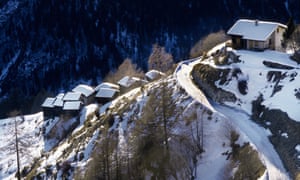
Chandolin is linked by lift to Saint-Luc – which is again small, with just six lifts – but beautiful and historic. It’s home to the Bella Tola, the valley’s first proper hotel, built in 1859 and a lovely place for tea among antiques, original panelling and stucco, even if you don’t stay. I asked long-time owner, Ann-Françoise Buchs, how the village had changed since her childhood. “Well,” she pondered, “not much. There used to be one sport shop, and now there are two…”
Nearby, at Claude Antille’s Petit Musée, an old cellar stuffed with antique farming tools, Claude showed us whole cheeses that were traditionally given to people in their youth, kept for life and consumed by their loved ones at their funeral. On this trip we often found ourselves doing things not usually expected of a ski holiday; it felt like travel, not sport.
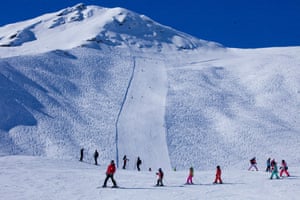
Our second base, Chalet Altitude in the old town of Vercorin, a few miles west, felt like a time-capsule of folksy Alpine antiques and primitive farm furniture. Unchallenging slopes here were fun and perfect for kids and intermediates, and one evening in the village hall we enjoyed a free tasting of delicious wines made with petite arvine and chasselas grapes, plus less familiar blends of 60 local grape varieties. It made me think what a shame it was the Swiss export very little wine.
From there we drove to Evolène and then to Grimentz. The latter is one of the largest and most developed resorts on the Magic Pass, with the most thrilling skiing and an attractive centre of ancient dark wooden chalets. Even here, the prime après activity is a tour of the Bourgeoisie, a 16th-century village house, to taste vin du glacier, which is made by blending new wines with old every year in a barrel that’s been going since 1886. In 2013, Grimentz was linked by a major gondola to neighbouring Zinal, another terrific ski area, giving access to some amazing off-piste beneath its wires. We lapped these, encountering no tracks but our own.

Pascal Bourquin, director of the Grimentz-Zinal lift company, was a leading force behind the Magic Pass. He told me it was modelled on America’s Epic Pass, a season pass launched by Vail Resorts a decade ago that now has versions covering 65 resorts in the US, Canada, Japan and Europe.
“In the majority of resorts, the number of skier days was going down,” he said. So the aim was to encourage locals and regular visitors to ski more often, by dropping the season pass to an irresistible price. All resorts get a proportion of the profits, so the smallest are protected even if they receive few visitors or have a bad snow year.
“We were afraid the three big areas would be like a vacuum cleaner and pull everyone,” said Bourquin, “but that hasn’t been the case. It seems everyone is going to all the resorts, even the smaller ones that are really for local people to learn to ski. We were surprised.”
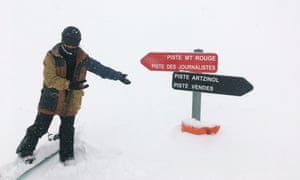
By the end of last season, skier days were up 48% compared with the previous winter. And those skiers were not just locals. Some enthusiasts have made a challenge of trying to ski all 30 resorts in the pass, or are touring them by campervan.
It seems that, contrary to the established wisdom that only expansion and development ensure a resort’s longevity, skiers are beginning to appreciate the humble places, too.
The Guardian

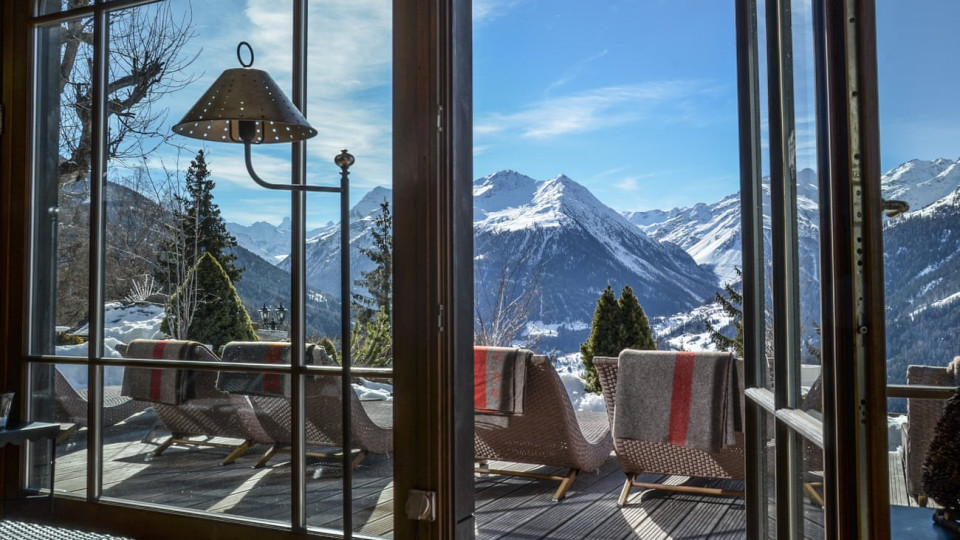
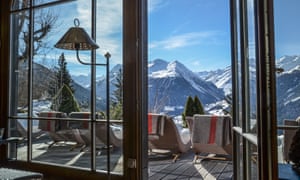
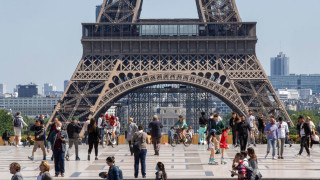





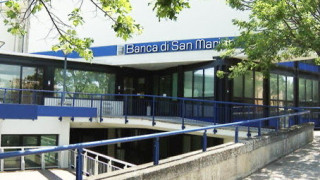


Leave a comment